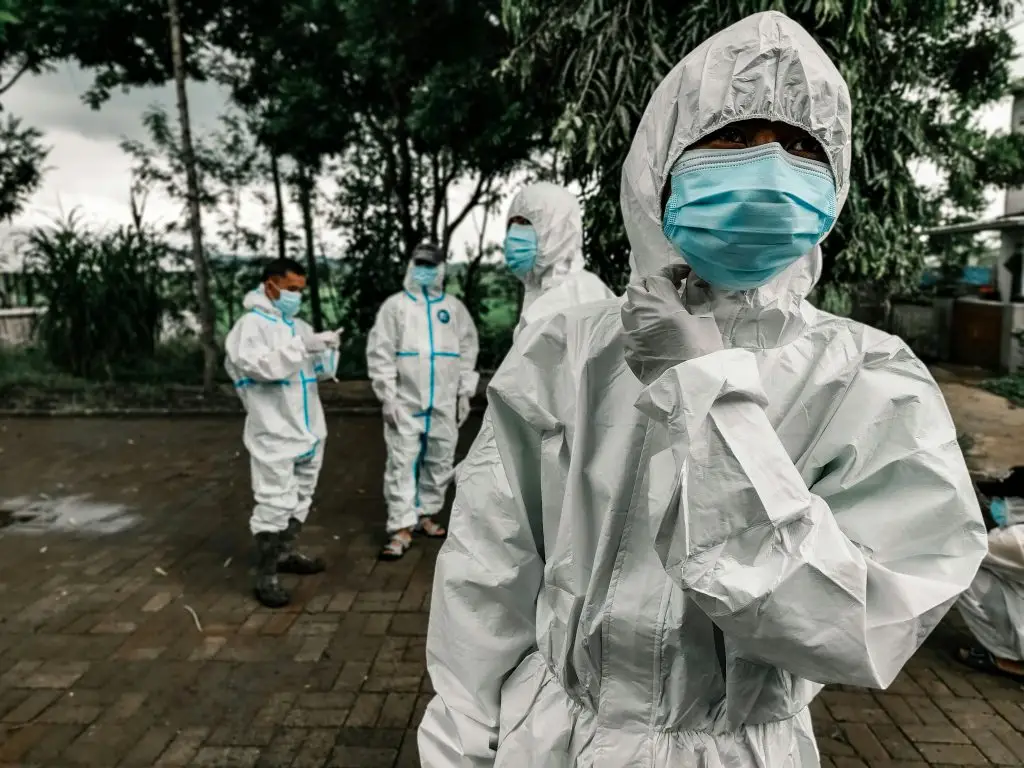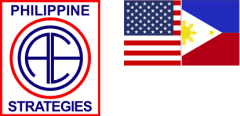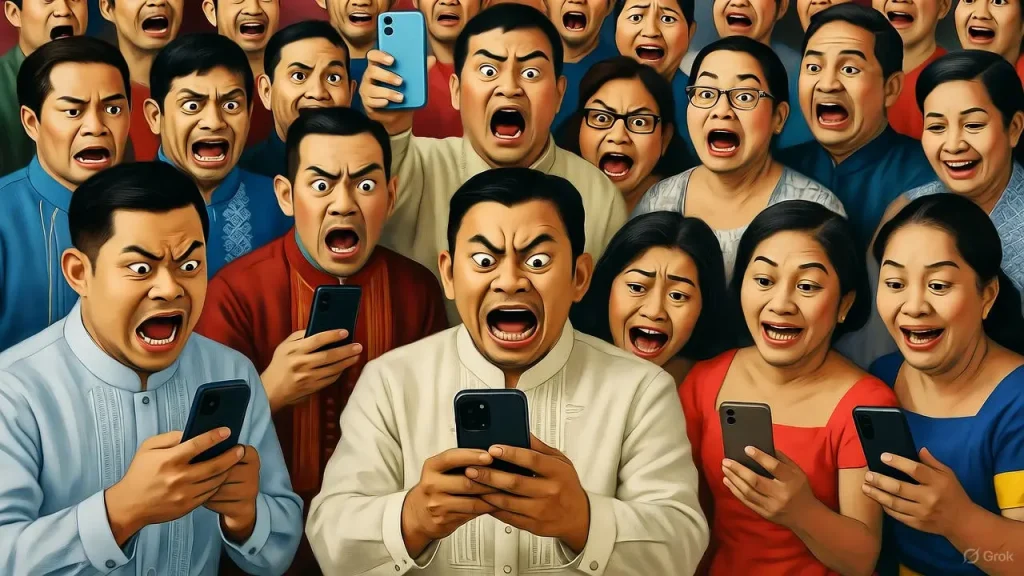
Investigating the possible link between increased sun exposure among lower-income Filipinos and lower Covid-19 infection rates.
My employees were terrified. Their questions came at me in a staccato cadence. “Boss, what if one of us gets the virus and we bring it home to our families?” “I’m from Samar, here in Pampanga with no family, so who will take care of me if I get sick?” “Boss, what if you get sick, who will pay us?” The desperation in their eyes was as alarming as it was painful for me to see, as these were in fact members of my extended family, many of whom I had known for seven years or more since having decided to open a restaurant on Clark as a fundraiser for the family charity. As it became obvious that no amount of cajoling or reassurance that everything will be alright would allay their concerns, I turned to science and offered knowledge that might help them feel as if the sky wasn’t going to fall around them.
A significant part of one of my past lives was spent as a Vitamin D researcher. The study group I became part of in the late 90s received a grant from the NIEHS (National Institute of Environment Health Sciences) to investigate novel methods of generating Vitamin “D” – which is not a vitamin at all, rather a prohormone – in humans to counter seasonal, temperate climate deficiency. What I personally brought to the table was my firm’s specialization in guiding manufacturers of non-ionizing radiation-emitting devices used in dermatological treatments through FDA approval. A background as a biophysicist concentrating on artificial ultraviolet light sources and applied photobiology solidified my membership in our little band of ambitious physici.
Over the course of nearly four years and a dozen conferences, we designed clinical trials aimed at determining which, among cholecalciferol (lanolin from wool) ingestion, annual injections of Calcitriol (artificial, active form of D3), or the good old-fashioned mode of sun exposure, were the most efficient technical manners of producing optimum levels of 25(OH)D in the bloodstream. With the dermatologists breathing down our necks to nix sunlight, we focused on injections and oral supplements. When both of those modalities turned up short of expectations, the group leaned on me for data on employing UVB lamp arrays that mimic the sun’s light spectra primarily understood as being responsible for Vitamin D production through skin-residing mechanisms. And surprise, UV turned out to be the winner! Even more astounding was an ancillary discovery that people who didn’t get regular sun exposure were more susceptible to melanoma and other dermal cancers that the skin docs were so worried about.
While in the lab, we also took note of the microbicidal capabilities that UVC and UVB displayed, later on making recommendations to the FDA that hospital rooms could potentially be sterilized using lamp arrays. Our work showed that all airborne or surficial nosocomial (residing in hospitals) critters, whether viral, parasitic, or bacterial, were quickly, definitively rendered inert, aka killed. Within a few years, an entire industry was built up around the concept. Most hospitals in Western and Asian countries today use a plethora of devices available on the market to clean their facilities with. Some are automated in wheeled robot configurations to go down hallways, into elevators and rooms, irradiating the air and surfaces during the wee hours of the morning. Others are used to sterilize the interiors of commercial offices, aircraft, trains, and vessels, being pushed or pulled up and down aisles by technicians.
Sitting my waitresses and kitchen people down individually, I outlined what we had learned more than a generation ago and proposed they all get out in the noonday sun each day for 30 minutes to (a) boost their immune systems that will help fight Covid-19 symptoms and (b) destroy any SARS CoV-2 (the actual Coronavirus that causes Covid-19) that may have landed on their skin, clothes, or hair. My belief that this is an effective preventative treatment regimen is supported by anecdotal evidence that seems to indicate “poor” people in tropical climates like the Philippines aren’t as readily afflicted with Covid-19 as wealthy people are. This is probably so because poor people don’t live in climate-controlled homes or ride around in air-conditioned cars. The reason why flu viruses are most active in temperate climates is due to the fact that everyone is inside during the cold months, which is exactly the ideal incubation environment structures like coronaviruses need to thrive in.
The poor are more exposed to mosquito-borne tropical diseases like Dengue and West Nile Virus because they can’t afford air-conditioning and their homes are open-air. Mosquitos caught flying around in noonday sun die quickly from rapid dehydration, so they pass daytime hours in dark, cool, closed spaces, coming out at dusk to hunt for blood. Rich folks in their sealed living spaces, vehicles, and hotel banquet rooms virtually never contract Dengue. But, because they are afraid of getting dark skin, politicians, celebrities, and well-to-do business people never take advantage of the sun’s benefits that would otherwise help them avoid Covid-19, especially the elderly. The Covid-19 pandemic has shocked the world and people are looking for answers. Filipinos must now throw off their nonsensical obsession with “whiteness” and accept the sun as a useful tool in combating disease.


